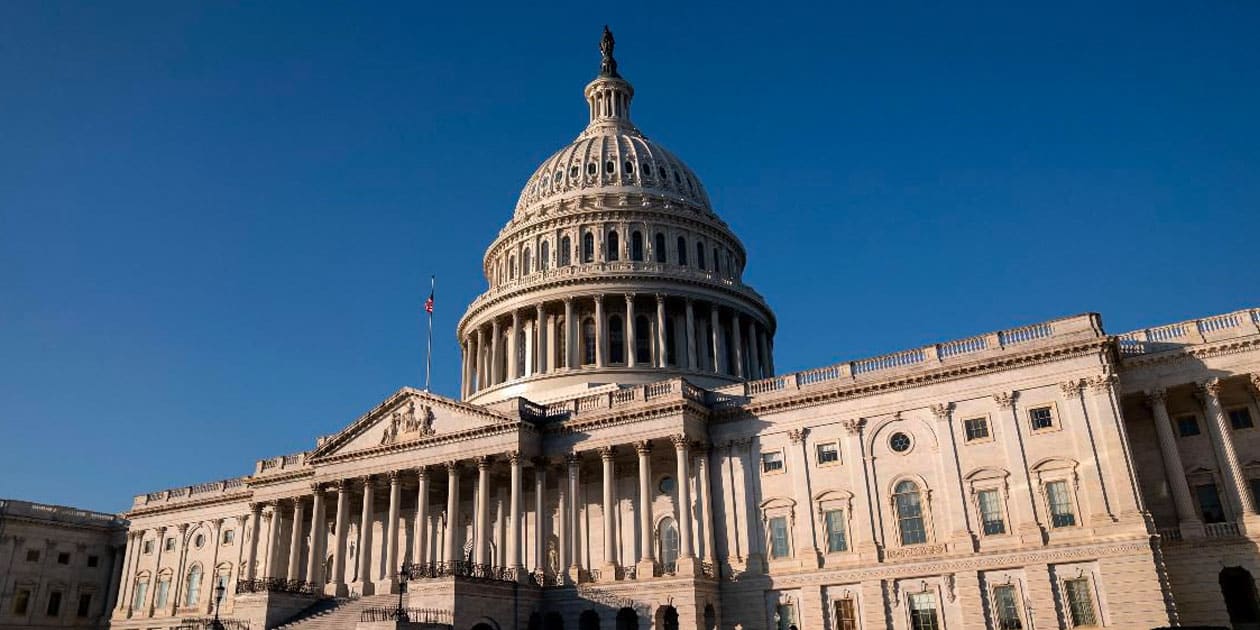
An exhaustive new CBS News report details the angst experienced by gun control advocates over the decision and its ramifications. Their efforts to deny the right to keep and bear arms must survive against the standard that laws must be “consistent with the nation’s historic tradition of firearm regulation.”
A flurry of new cases serve as tests to the benchmark laid out by Associate Justice Clarence Thomas, who wrote that the government must show that any regulation or measure aligns with that historical tradition.
Thomas clearly stated in writing for the high court’s majority: “We hold that when the Second Amendment’s plain text covers an individual’s conduct, the Constitution presumptively protects that conduct. To justify its regulation, the government may not simply posit that the regulation promotes an important interest, Rather, the government must demonstrate that the regulation is consistent with this Nation’s historical tradition of firearm regulation.”
The jurist concluded his 63-page majority opinion with a scathing defense of the constitutional liberties granted by the Second Amendment. Thomas declared that the right to bear arms in public for self-defense “is not a second-class right, subject to an entirely different body of rules than the other Bill of Rights guarantees.”
In a statement that has already reverberated across the legal landscape, Thomas noted that there are no other constitutional rights that require a citizen demonstrating a “special need” to government officers.
The cherished First Amendment guarantee of freedom of speech does not require an individual to prove that they have a “special need” to express themselves.
Freedom of religion does not mean that a person may only exercise their right to worship as they choose if they demonstrate a unique cause.
And the justice concluded his powerful argument with the observation that it is “not how the Second Amendment works when it comes to public carry for self-defense.”
This forthright and clear-headed defense of the freedoms of law-abiding gun owners did not sit well with a few noteworthy states. Administrations and legislatures in California, New York, Illinois, New Jersey, and Washington are racing to find ways to work around the clear intent of the Constitution and the Supreme Court.
These states now attempt to draft new laws that will pass muster with the nation’s standard, but these are being countered by inspired legal actions. A flurry of lawsuits, armed with the wording of the watershed Bruen ruling, are running counter to state-level attempts to circumvent the decision.
Of all the high-profile cases making their way through the judicial system, one is of particular note. Just a week after the landmark Bruen decision, the high court granted a review of Bianchi v. Frosh.
This legal challenge was brought by the Second Amendment Foundation and the Citizens Committee for the Right to Keep and Bear Arms, among other organizations. It challenges the ban on so-called “assault weapons” in Maryland.
Now it’s in the hands of the U.S. Fourth Circuit Court of Appeals, and that is not likely to be its final destination. If the case goes back before the Supreme Court, the Bruen precedent means there is a high likelihood that Maryland’s “assault weapons” ban will be no more.
This, of course, would have a ripple effect across the landscape and signal a death blow to similar unconstitutional laws nationwide.
Bruen’s importance is being felt daily in the country’s courtrooms as gun rights proponents push back against measures that never should have been enacted. It is a powerful weapon that has only started proving its worth in protected hard-won liberties cherished by law-abiding gun owners.
